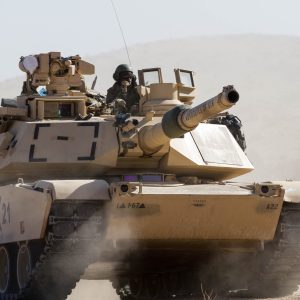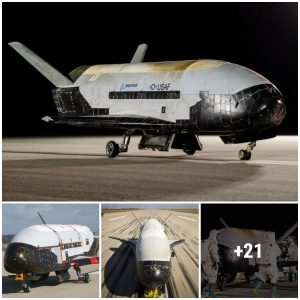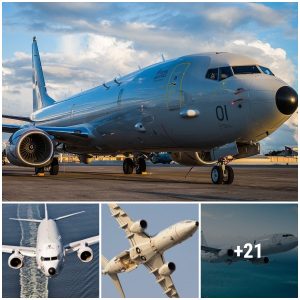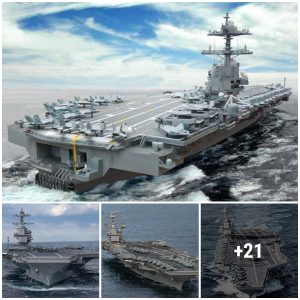The Royal Netherlands Navy currently possesses a relatively strong patrol fleet, the Holland-class, consisting of four offshore patrol vessels, commissioned between 2012 and 2013.
The Holland-class OPVs, built by the Damen Schelde Naval Shipbuilding Company in Vlissingen since 2008, were designed to fulfill patrol and intervention tasks against lightly armed opponents, such as pirates and smugglers, but have much higher level electronic and radar surveillance capabilities which are used for military stabilization and security roles, short of outright war. At the moment, they are serving and protecting the exclusive economic zone both in the North Sea and near territories in the Caribbean.

The ships have a smooth and modern appearance that serves as a broad platform to provide stability in marine seas. Its stealthy design incorporates innovative techniques to reduce radar reflectivity. The body is built with thick steel, which has a lower tensile strength. It is heavier than the steel used for frigates and can resist the impact of small-calibre weapons.
The hull is stretched and the bridge and superstructure are placed aftwards, to help optimise the seakeeping capabilities of the vessel. The speed is cut down to reduce fuel consumption and increase the range of the vessel. Two rigid-hulled inflatable boats and one NH-90 helicopter are also carried to support interception operations.
The patrol vessel has an overall length of 108.4m, a width of 16m and a draught of 4.55m. The displacement is 3,750t. She is fitted with highly automated systems, including a shore support and management system, calamity system, warning system and monitoring system. The Holland Class is also equipped with a CAMS-Force Vision integrated fire control system and two monitors for non-lethal protection and fire fighting.
The ships received a power plant of the CODELOD type – combined with a diesel or diesel-electric propulsion. Diesel and diesel-electric motors are used alternately. They are connected to a gearbox that delivers power to two propellers. There is asle a bow thruster. The ships can reach speeds of 21,5 knots under the main diesels. The patrol uses diesel-electric travel at a speed of 15 knots. The maximum cruising range reaches 5 thousand miles.

The main electronic systems are located on the IM-400 mast structure developed by Thales Netherland. Various radar antennas, communications, etc. are placed under the pyramidal radio-transparent casing. The observation of the air situation is provided by the SeaMaster 400 SMILE radar, the surface situation is monitored using the SeaWatcher 100. There is an optical-electronic station GateKeeper. The ship is capable of tracking up to 1000 targets at ranges of up to 250 km, as well as aiming weapons at them.
The ship has a 76 mm Oto Melara Super Rapid artillery mount. The ships also received two Oto Melara Marlin WS installations with 30-mm machine guns and two Oto Melara Hitrole NT combat modules with 12,7-mm machine guns. All these weapons are remotely controlled from the CIC. Due to the specific tactical role, there are no integrated missile weapons or anti-submarine systems.
In the stern of the superstructure there is a hangar for the NH-90 helicopter. Takeoff and landing are carried out at the stern platform. The helicopter is proposed to be used in search and rescue and other missions that do not require special equipment or weapons. The superstructure has space for the transport of two motor boats. Another boat is stored under the flight deck. There is a place for a standard container with certain goods. A crane is located behind the superstructure on the starboard side.
The Holland project was developed with the aim of providing patrolling of certain water areas in the near sea zone. Due to the nature of the threats in the North and Caribbean Sea, the Hollands did not need powerful strike weapons and received only artillery and machine guns. The experience of operating four ships shows that such a composition of equipment and weapons is sufficient to perform the main functions – to search and capture intruders, protect water areas from pirates and other threats, etc.





